A Simple Popup Accelerates Email List Growth

By revamping an existing pop-up, and using a map and a hook to bring users to a simple email sign-up form. Dandelion Branding increased their client’s sign-ups by 6.32%.

By revamping an existing pop-up, and using a map and a hook to bring users to a simple email sign-up form. Dandelion Branding increased their client’s sign-ups by 6.32%.

By creating organic marketing content through a personal LinkedIn page, Tom boosted successful posts to that same audience. Creating better-performing ads and more inbound demos.
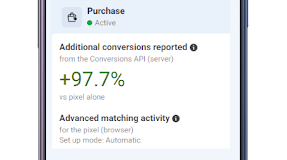
By moving the tracking process from the client browser to the server, Rajat collected better data leading to actionable insights and more ROAS.
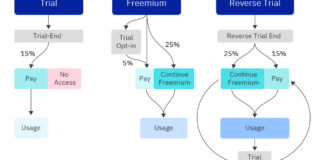
By using a reverse trial strategy, Elena Verna outperformed other common sales tactics.
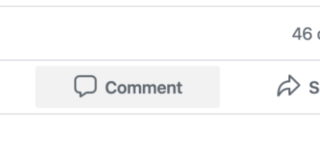
By managing negative comments on Facebook Vasyl Sergienko improved reach and boosted ad performance 4X.
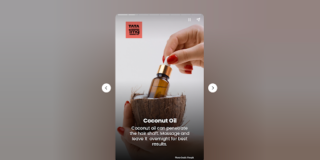
By researching topics and creating compelling Web Stories, Aatif Mohd improved 2.2 million organic from Google Discover in 6 months.
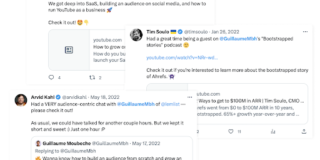
By interviewing a podcast guest within your industry, then reaching out to their followers using your connection with the guest to add social proof.
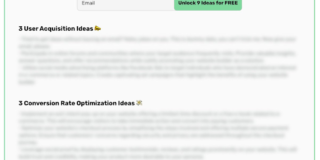
This counterintuitive experiment 10xed lead velocity.
Today’s experiment offers a criminally underused solution to this painful (and common) tradeoff. FounderPal delayed asking for their user’s email and it led to 10x lead velocity for their new offer — matching 6 months of revenue in only 2 weeks.
If you want to copy their exact playbook for increased landing page traffic, higher conversion rates, and a public swell of social proof from happy users…
Try the experiment below.
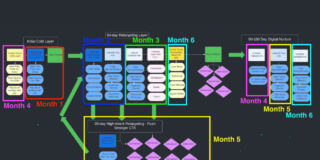
By using structured retargeting ads with a mix of thought leader images + videos, Justin Rowe booked 150+ meetings.
By creating a second “Add to cart” CTA button, which automatically adds the product quantity needed to qualify for the stated promotion, Julian Samarjiev increased revenue per user by 13%.